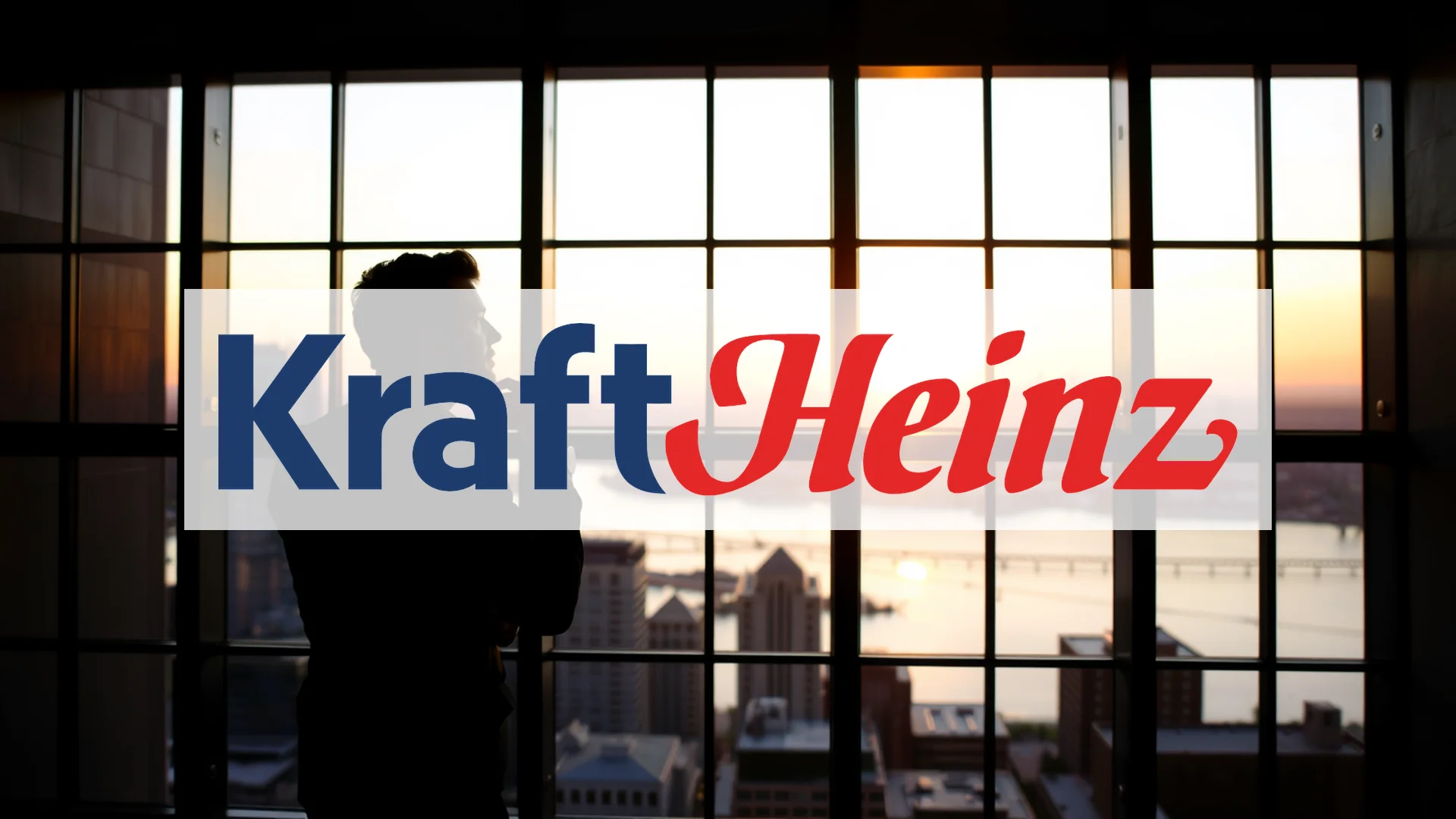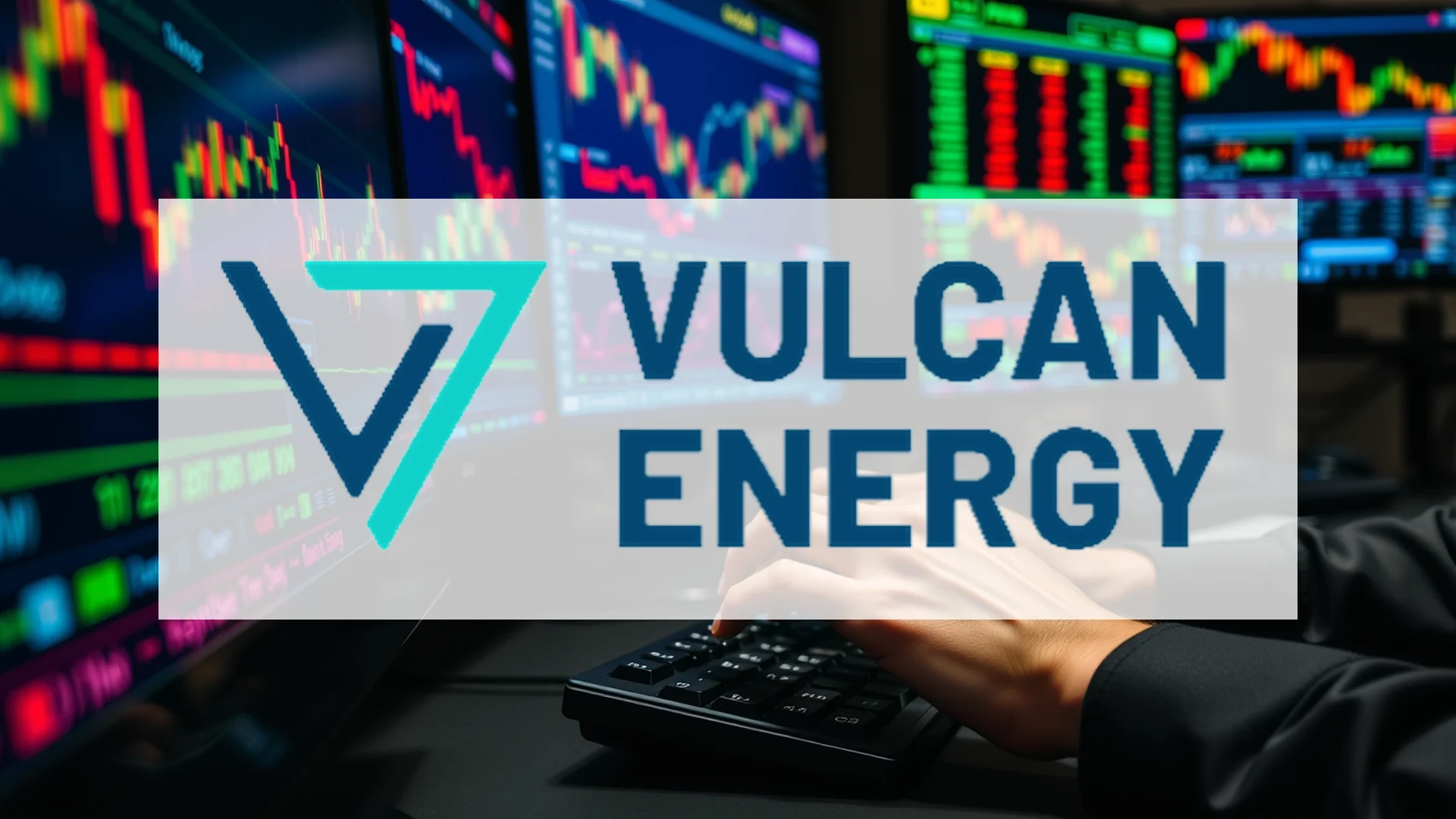The Chinese electric vehicle manufacturer Nio finds itself at the center of a fascinating market dichotomy. While its shares listed in Hong Kong have surged dramatically, the company’s US-listed stock has slammed on the brakes. This split personality stems from a radical shift in corporate strategy that has electrified some investors while giving others pause, raising questions about the true drivers behind this divided response.
A Radical Departure from Premium Positioning
At the heart of the recent stock market turbulence lies a fundamental strategic reversal. On August 21, Nio opened pre-orders for a significantly more affordable version of its redesigned ES8 SUV, heavily promoting its “Battery-as-a-Service” model. This move represents a clear departure from the company’s established premium-focused approach, marking a decisive entry into the highly competitive mass market.
This aggressive new pricing strategy signals Nio’s ambition to capture market share beyond its traditional base of affluent customers. However, this pivot also positions the automaker for direct confrontation with both domestic Chinese rivals and established international competitors in the volume segment.
Geographic Divide in Investor Sentiment
The strategic shift ignited explosive gains on the Hong Kong exchange, where Nio’s stock skyrocketed by as much as 17% on Monday. This advance extended a multi-week rally fueled by growing optimism around the company’s potential for significantly higher delivery volumes.
Should investors sell immediately? Or is it worth buying Nio?
Conversely, the enthusiasm appears to have evaporated on Wall Street. Following substantial gains during the previous week—including a notable 14.44% jump on Friday—US investors showed markedly cooler reception to the announcements on Monday. The American depositary receipts closed the session in negative territory, suggesting transatlantic divergence in how the strategy is being perceived.
Financial Realities Loom Behind the Rally
Beneath the surface of this market activity, Nio continues to face substantial financial challenges. The company remains deeply unprofitable and continues to burn through cash reserves at an alarming rate—a fundamental reality that stands in stark contrast to its optimistic market valuation.
While the new value-oriented strategy may potentially boost delivery numbers, it simultaneously raises critical questions about future profit margins. When Nio reports its second-quarter earnings on September 2, investors will scrutinize whether vehicle margins have shown meaningful improvement and whether the company’s cash consumption has begun to moderate.
Ad
Nio Stock: Buy or Sell?! New Nio Analysis from November 25 delivers the answer:
The latest Nio figures speak for themselves: Urgent action needed for Nio investors. Is it worth buying or should you sell? Find out what to do now in the current free analysis from November 25.
Nio: Buy or sell? Read more here...












